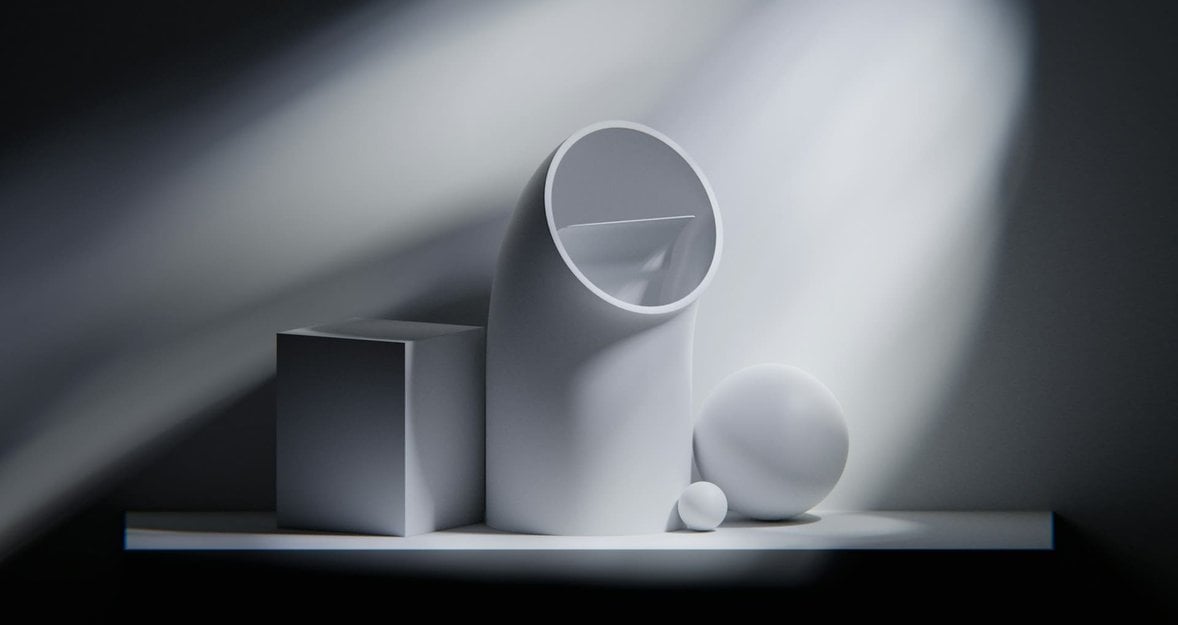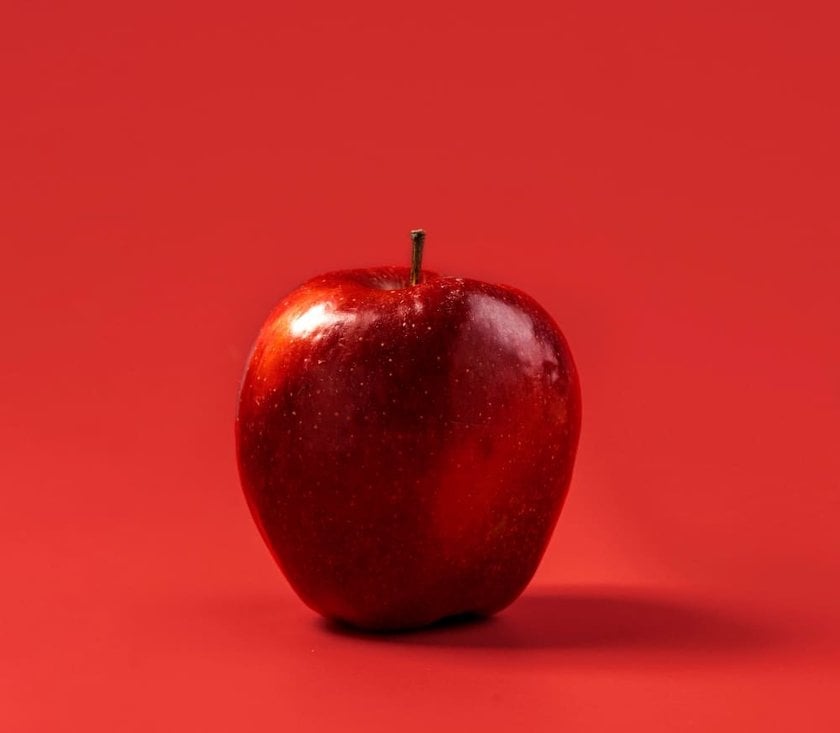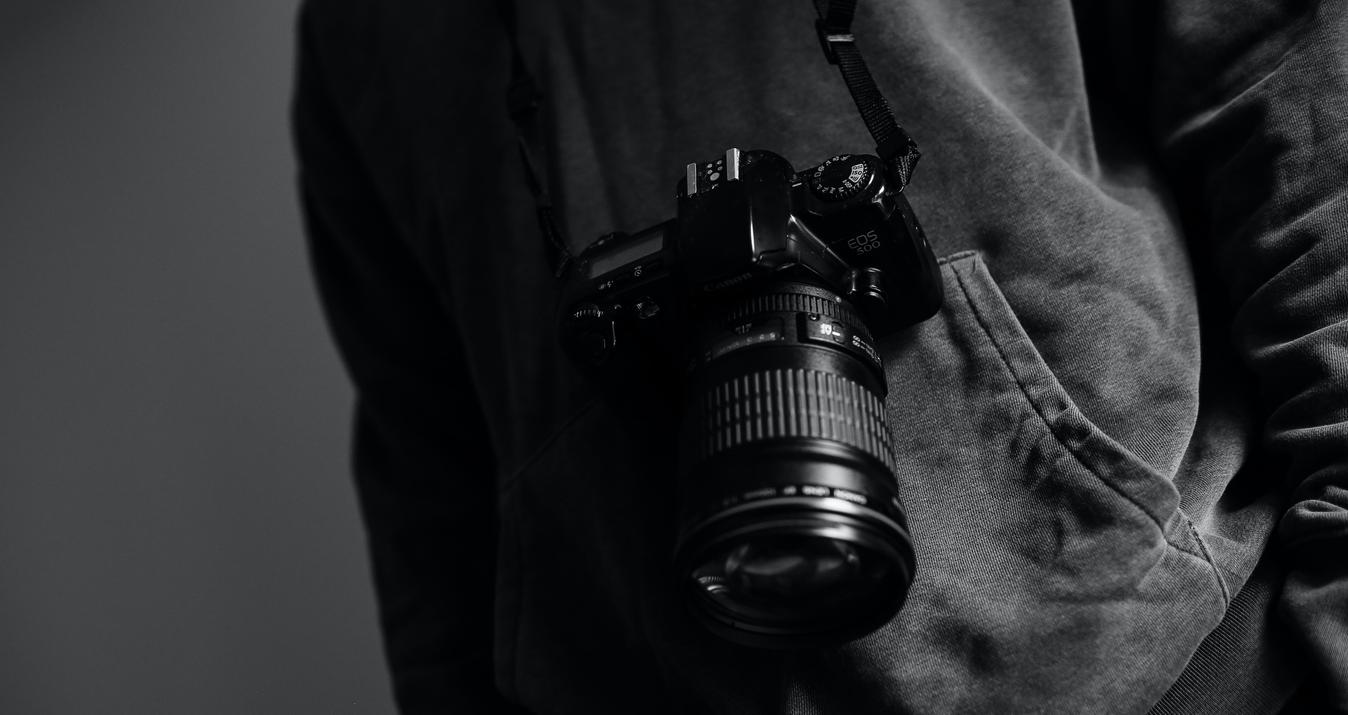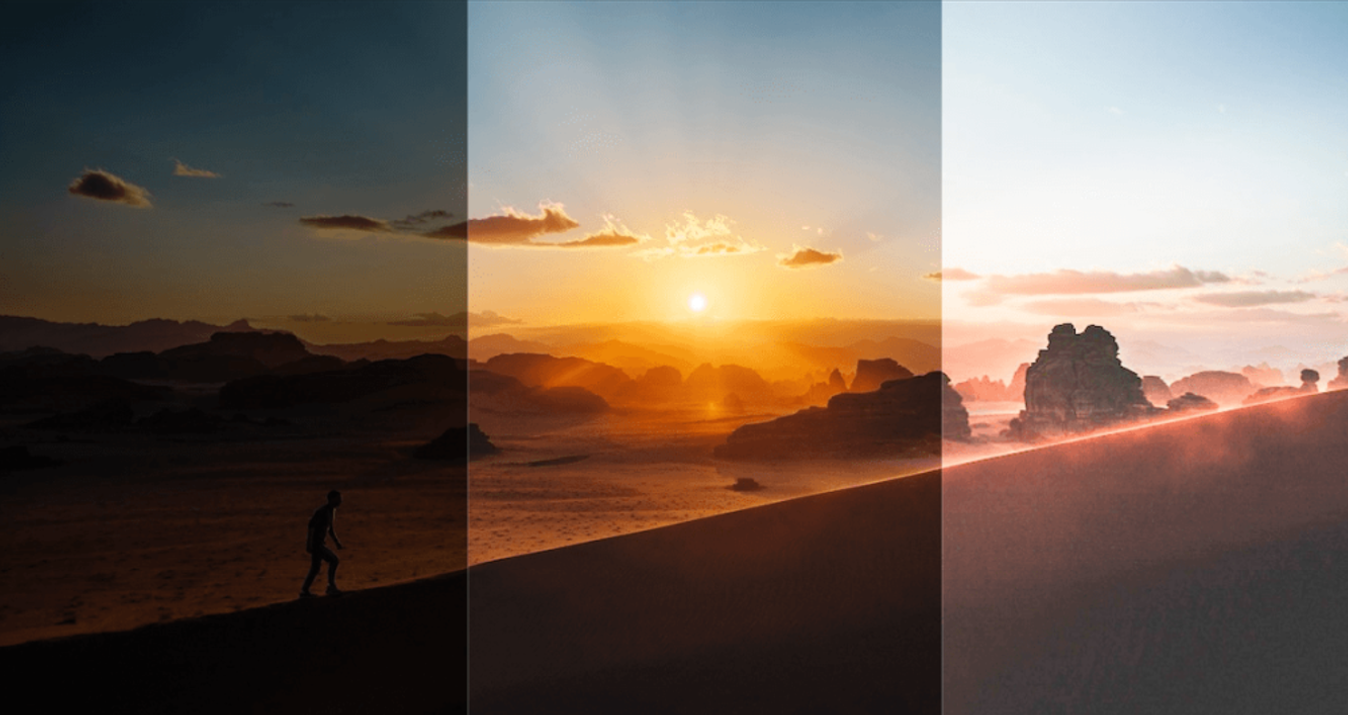Element Of Form In Photography
October 22, 2024

In photography, the elements of form lie at the center of creating beautiful images. Understanding how to manipulate them can help a photographer with composition, improve depth, and enhance overall visual impact.
While much is said in photography about light, color, and composition, perhaps one more universally captivating aspect appears to be overlooked: the element of form.
Picture form is a magic ingredient that turns a photo from a straightforward snapshot into a story and dialogue between the viewer and the visual space. This article will look into this element of photography in depth to explore more about the power of form and how you can use it.
Let's get ready to see everything different around us with forms and begin our journey!
What Does Form Mean in Photography
 Form in photography means representing three-dimensional objects and their spatial relationships in a two-dimensional space. This can be achieved by developing the appearance of volume and depth with light, shadow, and perspective so that viewers can distinguish the shape and contours of subjects clearly.
Form in photography means representing three-dimensional objects and their spatial relationships in a two-dimensional space. This can be achieved by developing the appearance of volume and depth with light, shadow, and perspective so that viewers can distinguish the shape and contours of subjects clearly.
Imagine looking at a simple drawing of a ball. It appears flat, doesn't it? Now, consider a photograph of the same ball. Despite being on a flat piece of paper or a screen, the ball seems round, tangible, and full of depth. That's the magic of form in photography!
It is an art of perspective, study of light, and mastery of shadows. It extends beyond the seeing of an image to experiencing it. Likewise, it takes a picture closer to reality by making it more relatable and interesting to viewers. As we delve deeper into this topic, we'll explore various form photography elements to look at the power of form and take your skills to a new level.
Form vs Shape: Key Differences
When we hear “shape” and “form” definitions in photography, we might think they're the same thing. But they are actually different. Shape in photos is flat and two-dimensional—it only has height and width. For example, think of a square circle. They're just flat shapes that you can draw on a piece of paper.
Form adds another dimension to it—depth. It's the 3D aspect of the objects in your photos. So, instead of just a circle (shape), you see a ball (form). Instead of a square (shape), you see a cube (form). This depth in form is created by light and shadows in a photo. It makes objects look like they're not just flat shapes, but real and solid things you could touch or hold in your hand. So, in simple terms, shape is 2D, and form makes it look 3D in your photos.
Examples of Form in Photography
Form in photography is all around us, and we just need to know where to look. Consider the picture of a serpentine road that, after a while, vanishes towards the horizon. While the road visually appears to narrow and the surroundings appear and feel reduced, depth in space is achieved and can change a flat road into a trip toward the distance. This is an example of the form.

Or think of the apple image: When it is just a line-drawn drawing, there is little that can be done with the drawing except to think of a flat shape. Add some light to one side of it, and instantly, the shadows and hilts of the apple appear. Those things provide roundness and allow one to think that this is a real, solid apple to pick up. That would also be form.
 Also read: Understanding HDR Tone Mapping
Also read: Understanding HDR Tone Mapping
A close-up shot of the face of a person is another example. Light falling in front creates shadows under the nose and chin, while highlights on the cheeks and forehead give the face a three-dimensional appearance.
 The above examples explain how form turns flat images into realistic pictures that are thus more lively and alive.
The above examples explain how form turns flat images into realistic pictures that are thus more lively and alive.
Understanding the Essential Aspects of Photographic Form
The elements of form in photography involve different aspects of light, shadow, depth, angles, and composition that create the perception of three-dimensionality in a two-dimensional image.
Here are some of the key elements:
1. Color
 Color is a strong ally in bringing out the form of a picture. Color can give an added dimension, even depth, to your subjects. Consider a bright yellow bicycle against a wall of deep plum. The jarring contrast of colors pops the bike right out, making it even more appealing and giving a far more dynamic perception of its form.
Color is a strong ally in bringing out the form of a picture. Color can give an added dimension, even depth, to your subjects. Consider a bright yellow bicycle against a wall of deep plum. The jarring contrast of colors pops the bike right out, making it even more appealing and giving a far more dynamic perception of its form.
Gradations of shade in a monochromatic color further the effect of depth. Visualize the rumpled bedsheets with gradations from light to dark shades of blue. Where the light blue subtly blends into the dark, these create an appearance of folds and creases, adding the feeling of three-dimensional depth and bulk to what would have been a two-dimensional plane of color.
Moreover, with the help of an automatic photo editor like Luminar Neo, you can fine-tune these colors and shades even after the photo has been taken. This opens up endless possibilities for enhancing the depth and form of your images.
Exclusive Tools of Endless Possibilities in One AI Editor
Explore Now!So, color isn't just about aesthetics; it's an important tool in establishing form and creating engaging, dynamic images.
2. Depth
 Depth is a key element in creating form in photography. It's what makes a picture look like it has layers, giving the sense that some parts are close to you and others are further away. An important tool to control depth in your photos is the camera aperture.
Depth is a key element in creating form in photography. It's what makes a picture look like it has layers, giving the sense that some parts are close to you and others are further away. An important tool to control depth in your photos is the camera aperture.
So, what is camera aperture in photography? The aperture is the opening in your camera lens that lets light in. It's like the pupil in your eye—the wider it opens, the more light comes in. But it doesn't just control light. The aperture size also affects how much of your photo is in focus.
Whether by using perspective, arranging objects, or adjusting your camera's aperture, creating depth in your photos helps bring out the form and makes your pictures feel more like the real, three-dimensional world we live in.
3. Angles
 >Angles play a big part in showing form in photography. They're all about where you position your camera in relation to your subject. By changing the angle, you can show different sides of an object and give it a 3D feel.
>Angles play a big part in showing form in photography. They're all about where you position your camera in relation to your subject. By changing the angle, you can show different sides of an object and give it a 3D feel.
For example, if you take a photo of a building straight on, it might look flat, like a postcard. But if you move your camera to one side, you can capture the sides of buildings as well as the front. This makes the building look more solid and real, as if you could walk around it. You can also try taking photos from above or below your subject for a different perspective.
So remember, the angle you choose can make a big difference in showing the form of your subject.
4. Light
 The use of light in photography primarily emphasizes the form. It can transform a flat image into an exciting representation full of depth and volume.
The use of light in photography primarily emphasizes the form. It can transform a flat image into an exciting representation full of depth and volume.
Now, let's take a tree that is in complete sun. In the case of sunlight being directly on and evenly illuminating all parts of a tree, the appearance is pretty flat, something close to a two-dimensional painting. The full form of the tree may not be visible in this particular case of even light.
With a change in lighting, everything is completely different. Just visualize how light coming from one side would create the shaded and well-lit areas on the tree. These shadows and highlights together create a three-dimensional space that is deeper and gives an impression of a real substantial object rather than just a simple depiction.
Notice the play of light and dark on the various parts of the tree that give this added sense of depth. Darker areas recede while lighter ones come forward, in a push-and-pull effect, serving to define the form of the tree. It is much like an artist sculpting with clay, molding light and shadow into the form of your subject.
For that reason, using light and shadow judiciously is not an option but an essential ingredient of photography that brings out the form in photos effectively and makes the subject of photographs more lively and dynamic.
5. Composition
Composition is like setting up a scene for your photo. It's about where you put things in your picture.
For instance, if you're taking a photo of your pet, you could put them off to one side instead of right in the middle. This gives your image a bit more depth and makes your pet seem more lifelike. If there's a distracting object near your pet, then with Luminar Neo, you can erase items from your photo that may distract from your main subject.
Another way is to include something in the background, maybe a park or a house. But you make sure it's a bit blurry so your pet stands out. This makes it look like there's some distance between your pet and the background, which also adds depth.
Practical Tips for Enhancing Form

Adjust Contrast. Once this has been done, it would outline the shapes and contours of any subject and give it a three-dimensional appearance. Editing software will be used to enhance shadows and highlights.
Employ Dodge and Burn. This technique is lightening and darkening of areas from the photo as a way to add depth. Deepen shadows for added dimension while emphasizing major features.
Play with Lighting. Try a different light setup during post-processing. Adding or enhancing light sources may amplify form and shape, making subjects pop.
Sharpen Edges. Sharpening tools will enhance the sharp edges of your subject. Sharpening will provide a definition of the form of objects and outline them better from the background.
Crop Strategically. Crop your shot so that the frame can be set on the form of your subject. This may mean removing distractions to highlight the shape of an image that can sometimes make it much stronger.
Conclusion
In photography, the element of form acts like yeast: the one ingredient that makes the photo rise from a mere snapshot to a visually engaging narrative. The interplay of light, shadow, depth, and composition offers an exciting dimensionality that invites the viewer into the frame. It gives a new birth to seeing and relating to the subject by inviting us into the richness and depth of the scene.
So, pick up your camera, experiment with your surroundings, and discover the endless possibilities that the element of form can bring to your photographic artistry!







